Applications for Ohio Farm Bureau Health Plans now available
Members have three ways to apply: contacting a certified agent, calling 833-468-4280 or visiting ohiofarmbureauhealthplans.org.
Read MoreTilling good earth or tending to animals may seem like an ideal way of life to many young farmers.
But when commodity prices plunge, or if treacherous weather wipes out a field of crops, where do you turn when your livelihood is threatened?
There are a handful of resources in Ohio that offer assistance to farmers who run into debt problems. But many experts in the field say debt avoidance can be the best remedy, and it begins with good financial planning.
“Avoiding or managing debt consists of building a budget, tracking expenses, avoiding unnecessary household spending and making sure your loan matches the purpose and need of your operation,” said Jonathan Carter, assistant vice president with the agricultural lending cooperative Farm Credit Mid-America.
Carter works within the lender’s Growing Forward program, which provides loans and education to young, beginning and small farmers. He says some common sense tips can help farmers avoid debt. For example, farmers should not use a one-year operating line to purchase equipment, or permit excess family living expenses to add up.
Academic research does point to some potential pitfalls for farmers in the coming years.
Professors from the College of Food, Agricultural and Environmental Sciences at Ohio State University say that while the rate of bankruptcy for farmers is low, it’s likely to increase in the future as farm income and land values decline.
Ani Katchova and Robert Dinterman studied the effects of the economy on farmers and found that net farm income is expected to decline by 8.7 percent this year to $62.3 billion. That could squeeze some small farmers who aren’t prepared.
“Currently, only a limited number of farmers are experiencing financial distress, but if we see another two to three years of flat or declining income levels, it will be much harder for farmers to service debts,” Katchova said. “It puts them in a more vulnerable position.”
Last-ditch efforts such as filing for bankruptcy shouldn’t surface if young farmers properly plan, said Dave Drake, Ohio farm loan chief with the U.S. Department of Agriculture. Drake said he’s seen many transfers of farmland over the past 10-15 years as the baby boomer generation ages.
The department offers a program that helps farmers who can’t get credit through conventional channels, or if they’ve experienced weather- or disaster-related problems. It has a separate real estate program in which it purchases farms.
USDA has about $1.3 billion outstanding loans in Ohio, with a majority going to young and beginning farmers. Terms vary and are typically lower than the market. They can be a source of capital for struggling owners, and USDA will work with borrowers to restructure debt if needed.
“Most farmers have some kind of rudiments of a business plan,” Drake said. “You’ve got to convince a loan officer that the risk the lender is going to take on you is going to pan out for both parties.”
Marty Clark, agribusiness, compliance and workforce development coordinator for The Career Center in Washington County, recommends that his clients invest in a good recordkeeping system. The goal is to use the records to see where the farm’s strengths and weaknesses lie.
Each year Clark helps farmers measure and analyze the cost of production on each of their enterprises – milk, cattle, hogs, for instance. Then, he’ll compare that to the farmer’s income.
“In agriculture we have very little control over what we get for our products,” Clark said. “It’s market-driven supply and demand. The biggest challenge we’ve got is we’ve got to control our costs. You have to know what your costs are when you’re trying to make a profit.”
Farm lenders and consultants recommend that all farmers separate their business budget from their family budget in order to be successful. They should track expenses for both budgets using computer software or applications.
Here are several other tips to avoid and manage debt, and a basic guideline for a family budget.
Avoiding debt:
Managing debt:
Budget breakouts:
Sources: Farm Credit Mid-America, Ohio State University, The Career Center

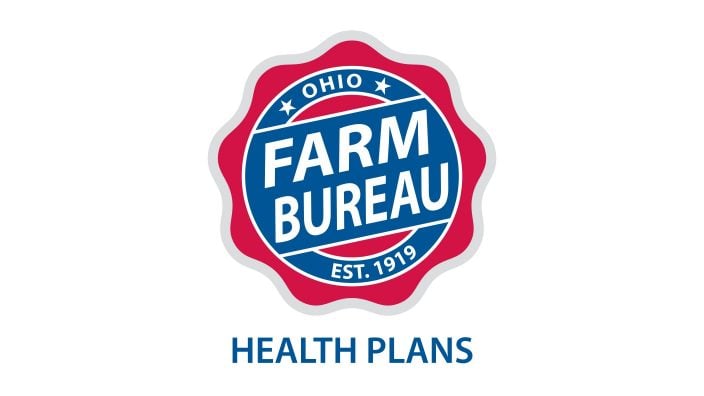
Members have three ways to apply: contacting a certified agent, calling 833-468-4280 or visiting ohiofarmbureauhealthplans.org.
Read More

Bill Patterson, Cy Prettyman and Adele Flynn will continue to serve as officers for Ohio Farm Bureau Federation.
Read More

Delegates discussed many topics impacting agriculture including farmland preservation, local foods, and succession planning.
Read More
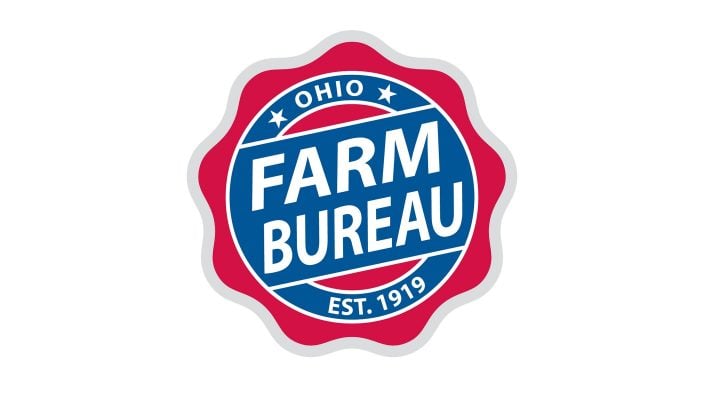
Twenty-six farmers govern the state’s largest farm and food organization.
Read More
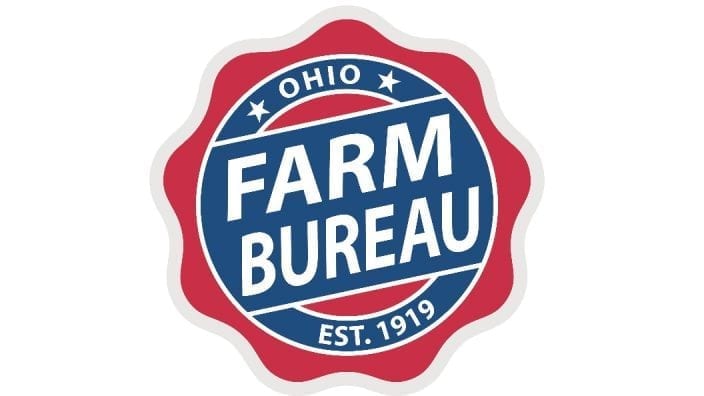
The 2025 recipients are Fred Cooke (posthumous) of Richland County, Marvin Dietsch of Williams County, Steven Knollman of Hamilton County and Michele Miller (posthumous) of Ottawa County.
Read More

Nathan and Jill Parriman grow seasonal crops, including Christmas trees, pumpkins and cut flowers, providing U-cut experiences that invite customers to engage directly with agriculture.
Read More

The 2025 Distinguished Service Award recipients are Craig Adams, Mike Townsley, and Kellogg Farms, Kurt Farms and Stateler Family Farms.
Read More

Ohio Farm Bureau Treasurer Adele Flynn participated in the meeting, representing Ohio farmers.
Read More

For Ohio and PJM region, the outlook is reassuring—ample reserves and strong planning should keep the power on.
Read More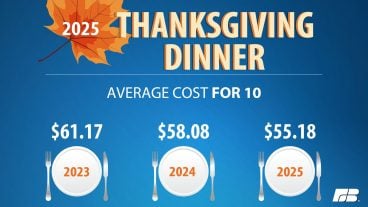
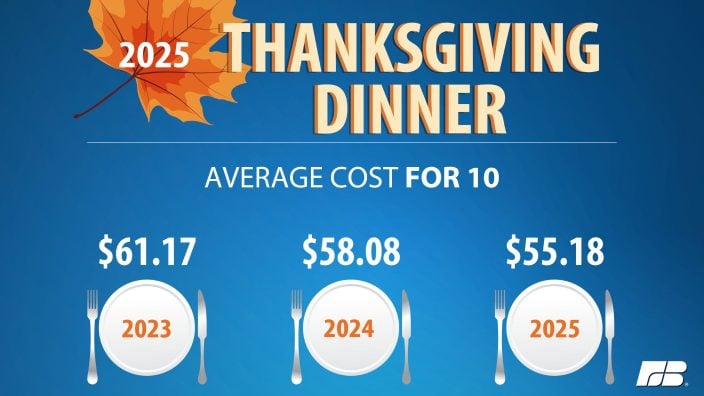
The average price for a classic holiday feast for 10 in Ohio will cost $55.87.
Read More